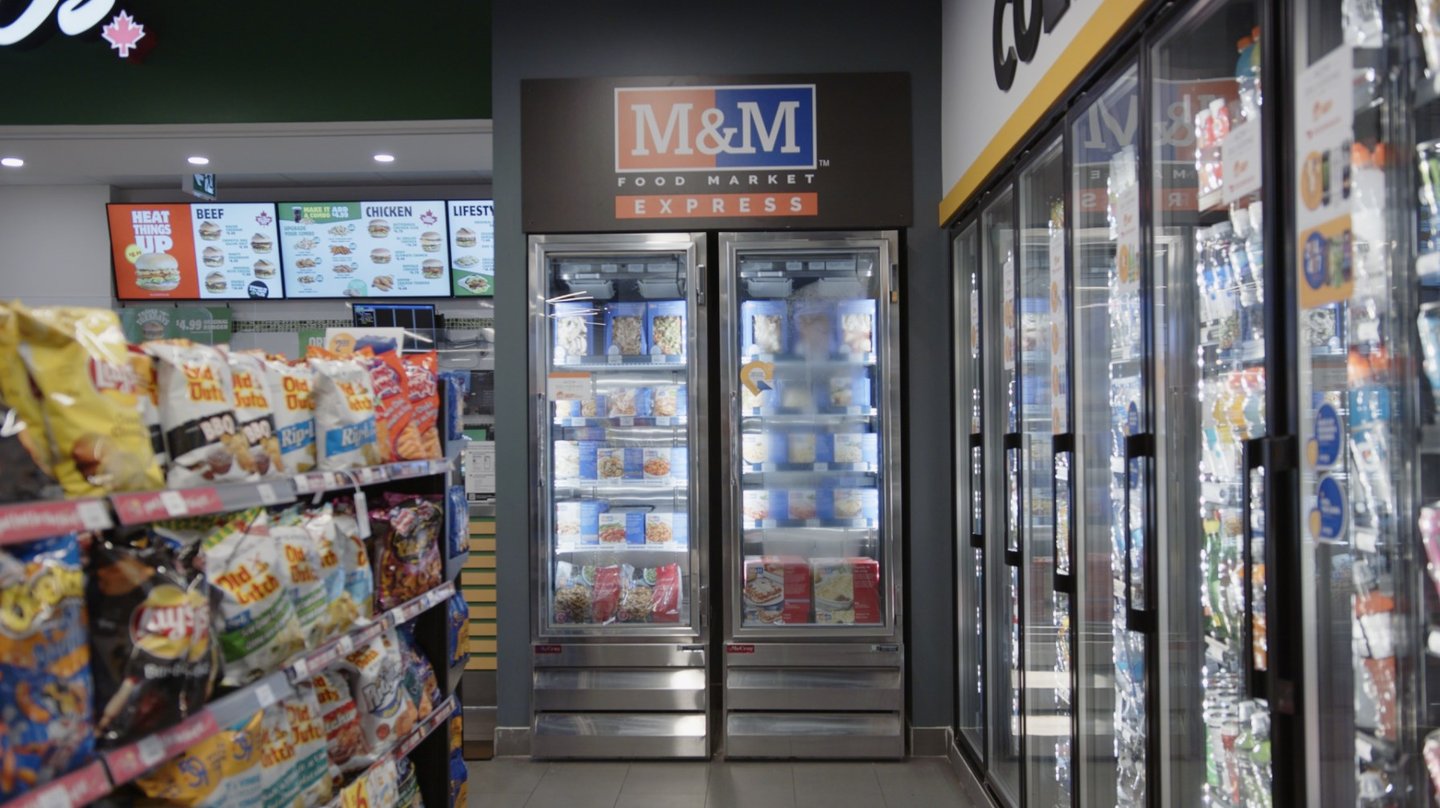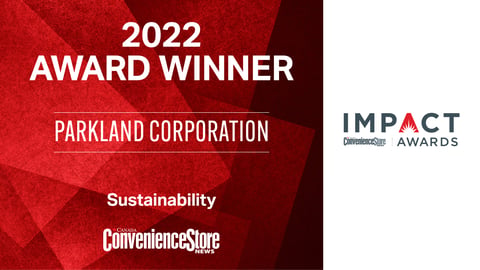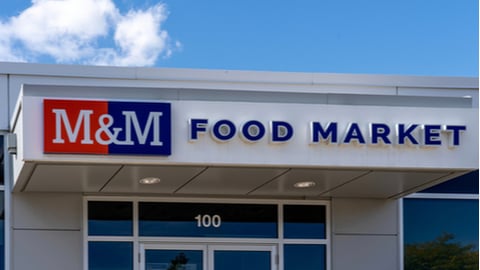Parkland's strong growth in the future will come from urban convenience: CEO
Parkland Corporation is putting a greater emphasis on its food offers as it looks to continue to build on its strong second quarter results released in early August.
The international fuel distributor and retailer with operations across 25 countries, reported in early August its international Adjusted EBITDA was $168 million, up 93% from the same time last year ($87 million), and that this strong performance was driven by the consolidation of SOL, higher volumes in the company’s retail and contracted commercial businesses, organic growth in its aviation business and from the contributions of its Jamaica acquisition.
For Canada, the Adjusted EBITDA was $150 million for this quarter, down from $174 million for the same three months in 2022 or 14%. Food and c-store also increased to 3.1%, up from 0.6% in the second quarter of 2022.
When speaking with business analysts and reporters upon the announcement of the results, Bob Espey, president and CEO of Parkland said that foodservice offerings will continue to be a major part of the company’s drive for organic growth in Canada, and he pointed to the solid results already being seen in Parkland’s new stand-alone Bites On the Run foodservice concept.
Currently, there are two locations of Bites On the Run, one in the entertainment district in Montreal, and another in Richmond B.C.
“You have heard it said before that to win in the convenience space you must have a strong food offering,” Espey says.
These two locations offer an expanded food offering to consumers, with some 30 restaurant-quality items created with M&M Food Mart that Parkland purchased in 2021. This expanded food offering has helped drive sales growth in this new urban convenience offering and is part of a shift Parkland is seeing as to where the store sales are coming from.
“It is still early-days for this concept and over the next six months, we will learn a great deal about the customer experience. I would say that the early indications are very positive . . . we are seeing more of the high-margin centre of the store drive the performance and seeing less reliance on tobacco and lottery. In fact, tobacco is tracking at about a quarter to a third of the sales. Typically, it would be 50%.”
Espey adds that the Bites On the Run urban convenience model is a “big opportunity in Canada and when we look at those urban markets, such as Vancouver, Toronto and Montreal, and the secondary urban markets, like Ottawa, Calgary and Edmonton you can see a scenario of a couple of hundred store opportunities in that stand alone segment in the future.”






